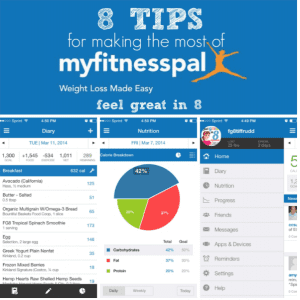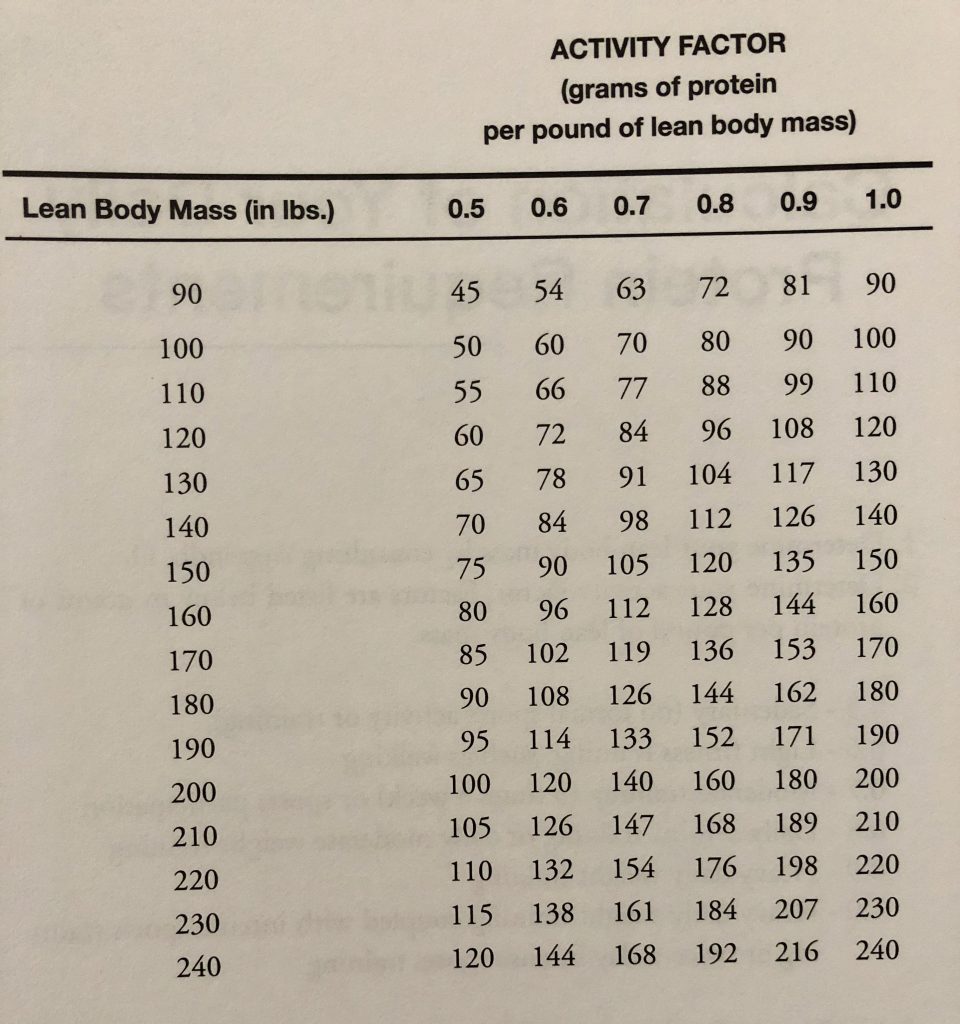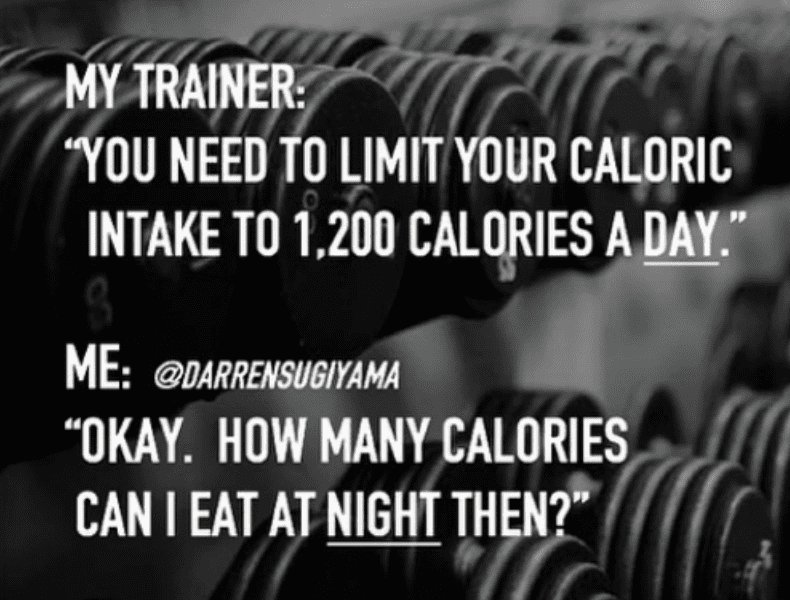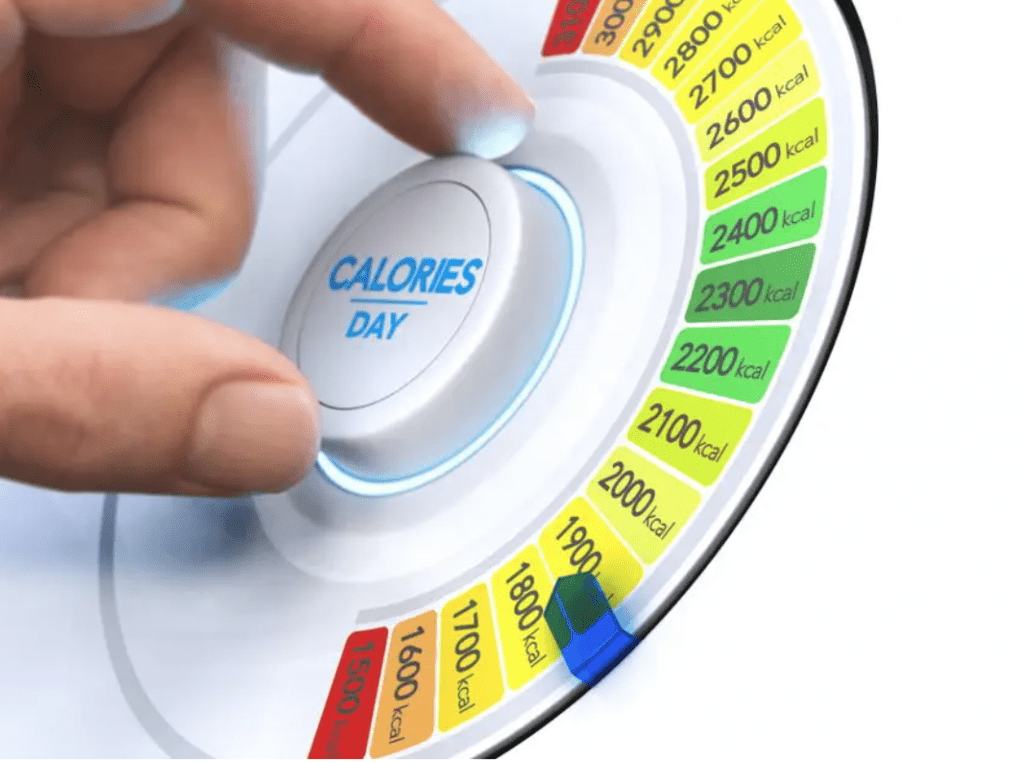Caloric Intake
Today’s Teaching Video from Coach Kelsey:
Homework:
Track just a few days of food to get a baseline idea of how many calories you are having per day.
Teaching:
For example, a study by the USDA found that 6 out of 7 women underestimate their daily caloric intake by an average of 621 calories.
Over half of men underestimate their intake by 581 calories.
If you’re like everyone else and underestimate your calories, you could easily gain over a pound a week.
Weight fluctuates daily depending on how hydrated you are, how much sodium you eat, or the scale you use.
Just remember:
Less dense food = greater results!
Multiple scientific studies have proven that food weight (not calories) determines how full you feel. That’s why when recommending what to eat, we want to take into consideration caloric density.
Caloric density = calories/weight
When you eat foods with low CD, you’ll feel full quicker with fewer calories. When you eat foods with high CD, you need to eat more calories to feel full. The more water a food has, the lower its caloric density.
 My Fitness Pal is a free app and one of the best for tracking food. Tracking is great for a season to get a baseline and have some awareness on how much you’re taking in each day plus how balanced (or not) it is. No need for the fancy costly version, the basic is perfectly fine. You can type in your information and it’ll tell you where you need to be calorically per day. It logs your calories and balances your macros for you! Whalaa!
My Fitness Pal is a free app and one of the best for tracking food. Tracking is great for a season to get a baseline and have some awareness on how much you’re taking in each day plus how balanced (or not) it is. No need for the fancy costly version, the basic is perfectly fine. You can type in your information and it’ll tell you where you need to be calorically per day. It logs your calories and balances your macros for you! Whalaa!
So how many calories do I need?
There’s many schools of thought and still, to a degree, as we’ve talked, we’re each our own science experiment. Many things play into weight loss, maintaining and weight gain. We each are uniquely made. We each have different bodies – short, medium, tall, athletic, etc. We each live different lifestyles of activity level. We each are on different medicines that can affect our body transformation. Again, why the season of tracking calories can be beneficial to see how your body responds and make changes from there.
Feed the good stuff – not the bad stuff. We want to be basing our math off of lean body mass (the good stuff), not the fat (the bad stuff). Why feed fat?

All said, here’s a good place to start. First consider where you fall on this activity level chart:
.5 = Sedentary (no formal sports activity or training)
.6 = Light fitness training, such as walking
.7 = Moderate training (3 times per week) or sports participation
.8 = Daily aerobic training or daily moderate weight training
.9 = Heavy daily weight training
1.0 = Heavy daily weight training coupled with intense sports training or twice a day intense sports training or endurance race training
Math Problem For weight loss:
Lean Body Mass x Activity coefficient = _______ (chart below for ease)
Answer divided by 7 (Blocks) = ______
Answer x 100 = ______ calories you should have per day
Math Problem For maintaining weight:
Total Body Weight x Activity coefficient = _______ (chart below for ease)
Answer divided by 7 (Blocks) = ______
Answer x 100 = ______ calories you should have per day
Math Problem For weight gain:
Add 200-300 calories to the maintaining weight match problem and see how you respond.
Activity Coefficient Chart:

Another way to look at it is having a calorie number and doing a little change up day to day based on your activity level.
Basically for every calorie you burn exercising, you can have a half a calorie back. That means, if you burn 250 calories on a 30 minute bike ride, we will add 125 calories into your calorie budget.
Why only half the calories?
Because, when you create a caloric deficit, you will lose more weight. It’s Math. It’s Science.
Learn to eyeball for portions:
- pick large bowls, small bowls, fistfuls or whole items when it comes to fruits and vegetables.
- enjoy a bill, deck of cards, or a palm full of lean proteins.
- tablespoons, teaspoons, thumbs and thumb tips when it comes to healthy fats
Furthered Learning Articles On Today’s Topic:
https://blog.zonediet.com/drsears/calorie-restriction




